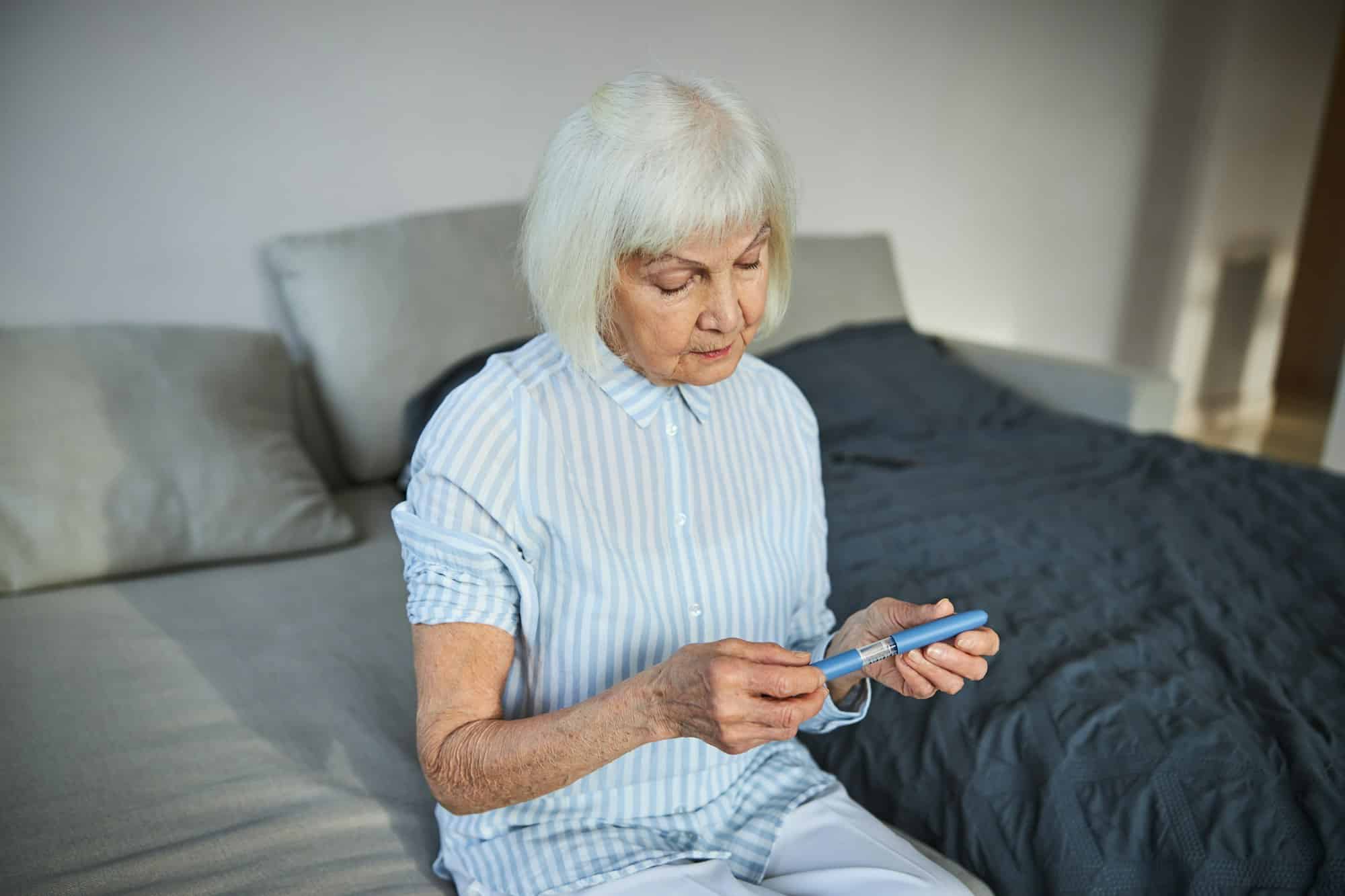Can Smart Home Technologies Assist Elderly Individuals in Aging-in-Place Safely?

As we advance further into the digital age, technology continues to revolutionize our daily lives. From smartphones to smart cars, we are increasingly relying on ‘smart’ devices for convenience and efficiency. Now, this wave of ‘smart’ technology is making waves in the home sector as well. Smart home technology has the potential to revolutionize not only how we manage our homes but also how we take care of our aging loved ones. This article explores the potential role of smart home devices in helping seniors age-in-place safely.
The Rise of Smart Home Devices
Smart home devices have gained significant popularity in recent years. These devices, often controlled by voice or via a mobile application, offer a plethora of conveniences, making our homes more comfortable, efficient, and secure. But beyond these benefits, smart home devices also have the potential to significantly enhance the lives of older adults, particularly those who wish to age in place.
A découvrir également : What Is the Impact of Blue Space Exposure on Mental Health in Urban Populations?
Aging-in-place refers to the desire of many seniors to continue living in their own homes as they age, rather than moving to assisted living facilities or nursing homes. However, this can often pose unique challenges in terms of personal safety, health management, and daily life activities. This is where smart home technology can be particularly useful.
Health Monitoring and Management with Smart Technology
One of the most significant benefits of smart home devices for seniors is their potential to monitor and manage health. Numerous health-focused smart devices are now available on the market, from wearable fitness trackers to smart scales and sleep monitors.
Dans le meme genre : How to Design a Safe and Effective Prenatal Yoga Routine?
Google, a leading player in the smart home technology sector, has even launched a health-focused smart display called Google Nest Hub, which not only assists seniors in managing their health but also provides useful features like reminders for medication and appointments.
Voice-controlled smart devices, like Amazon’s Alexa or Google’s Assistant, can be particularly useful for seniors with mobility issues. These devices allow users to control various features of their homes, like lighting, temperature, and security systems, simply by using their voices.
Enhancing Security with Smart Home Systems
Another important aspect in which smart home technology can assist seniors is security. Aging adults often face security challenges, particularly those living alone. Smart home security systems can provide an effective solution to these challenges.
Smart home security systems can offer features like video surveillance, automated door locks, and alarms, which can be controlled remotely. This provides older adults and their caregivers with a system that not only offers enhanced security but also allows for quick responses in case of emergencies.
Furthermore, many smart home security systems can be integrated with other smart devices in the home, providing a cohesive, interconnected system that can offer comprehensive protection for seniors.
The Role of Voice-Controlled Devices in Assisting Seniors
Voice-controlled devices have emerged as one of the most popular categories of smart home technology. These devices, which use advanced voice recognition software to interpret and execute user commands, offer a remarkable level of convenience and functionality.
For older adults, this technology can be a game-changer, particularly for those with mobility or vision impairments. By merely speaking a command, seniors can control various aspects of their homes, from switching on the lights to adjusting the thermostat.
Moreover, voice-controlled devices can also serve as a valuable learning tool. Google Scholar, for instance, allows users to access a vast database of scholarly literature through voice commands. This not only simplifies the process of finding and consuming information but also opens up new learning opportunities for seniors.
Challenges and Opportunities in the Adoption of Smart Home Technology by Seniors
While smart home technology holds significant potential in assisting older adults, there are also several challenges that need to be addressed.
The first is the digital divide. Many seniors are not familiar with the latest technology, which can make it difficult for them to navigate and control smart home devices. Therefore, it’s crucial that these devices are designed with user-friendly interfaces and that older adults are provided with the necessary support and training to use them effectively.
Another challenge is ensuring privacy and data security. Smart home devices often collect sensitive information, so it’s vital that robust security measures are put in place to protect this data.
Despite these challenges, the opportunities provided by smart home technology are immense. As more and more people are embracing this technology, it’s crucial to ensure that these innovations are accessible and beneficial for older adults. By doing so, we can help them lead more independent, secure, and fulfilling lives as they age in place.
Smart Home Technologies and Quality of Life for Older Adults
Smart home technologies are not just about convenience or safety; they play a significant role in improving the quality of life for older adults. For many seniors, maintaining independence is a crucial aspect of their well-being. Such independence often hinges on their ability to perform daily activities and tasks without assistance.
Smart home devices can assist older adults in various ways, from automated reminders for medication to voice-activated controls for lights and appliances. For example, devices like Amazon Echo or Google Home can be programmed to offer regular reminders for medication, appointments, or even simple daily tasks, thereby easing the cognitive load on seniors.
Furthermore, smart home devices can also help older adults stay socially connected. Video calling features on smart displays can help seniors stay in touch with family members or friends, reducing feelings of loneliness and isolation. Additionally, the use of technology can also prompt cognitive stimulation, a crucial factor in delaying the onset of conditions like dementia.
Moreover, smart home technologies can improve physical health management. With devices that monitor heart rate, sleep quality, and physical activity, seniors or their caregivers can keep track of important health metrics. These metrics can not only be used to monitor the health condition of the seniors but can also provide valuable data to health professionals, thus facilitating personalized care.
Future Directions for Smart Home Technology and Aging-in-Place
While the potential benefits of smart home technology are significant, there is still much to be done to ensure that these benefits are accessible to all older adults. Future research in this area should focus on developing devices specifically tailored to the needs of seniors.
There is a need for better integration of smart home technology with healthcare services. This could involve the creation of platforms that allow health professionals to access data from smart home devices, facilitating remote monitoring and personalized care. This would not only improve the quality of care but could also result in significant cost savings for the healthcare sector.
Moreover, efforts should be made to bridge the digital divide that exists among older adults. This could involve designing more intuitive and user-friendly interfaces, as well as providing training and support to help seniors become more comfortable with technology.
Lastly, issues related to privacy and data security need to be addressed. As smart home devices collect sensitive data, it’s crucial to ensure that this data is adequately protected.
Conclusion
In conclusion, smart home technology holds significant promise in assisting older adults in aging in place safely. While challenges exist, such as the digital divide and concerns over privacy, these can be overcome with proper planning and implementation.
With the right approach, smart home technologies can significantly enhance the quality of life for seniors, enabling them to maintain their independence and dignity as they age. As we continue to innovate and advance in the realm of smart homes, it’s imperative that we keep the needs of older adults at the forefront of our efforts. By doing so, we can ensure that the benefits of technology are enjoyed by all, regardless of age.
